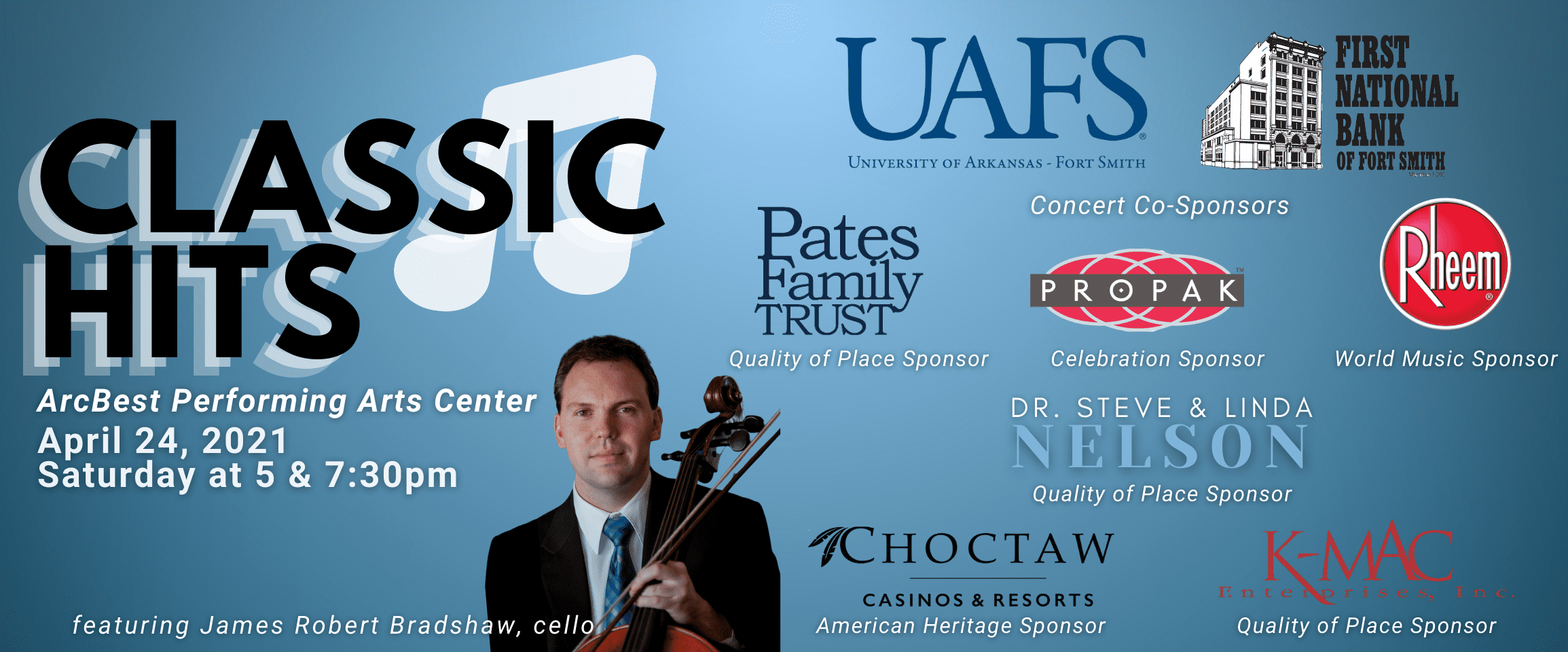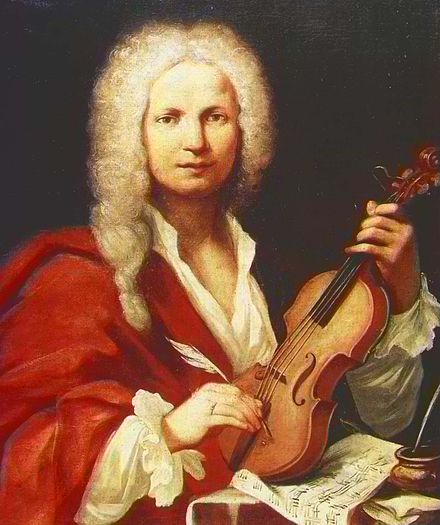JAMES ROBERT BRADSHAW PERFORMS VIVALDI’S CELLO CONCERTO WITH THE FORT SMITH SYMPHONY


Art of the Baroque era was championed by the Catholic church, and used deep colors, contrast, and awe to set itself apart from the simplicity of Protestant art. The prevailing musical style was “programme music”, or music that was an accurate depiction of a scene, rather than music for the sake of music. Vivaldi thrived in these artistic confinements, creating imaginative and lyrical compositions that testify to his skill as a composer. Today, it is easy to appreciate the cinematic quality of his compositions, and the Cello Concerto in G Minor is no different. The first movement begins with pronounced nobility, and quickly shows the soloist’s virtuosity. The middle Largo movement, meaning “broadly,” still maintains the refined withholding of a dance movement, and erupts into the final Allegro full of ostentatious ornamentation and melodrama that is the textbook definition of Baroque aesthetics.

Mr. Bradshaw is principal cellist of the Fort Smith Symphony and is a member of the cello section of the Oklahoma City Philharmonic. He has also performed with Opera Fayetteville, the Newton Philharmonic, the New Philharmonia Orchestra (MA), the Norman Philharmonic, the Lawton Philharmonic, and the rock group, Trans-Siberian Orchestra.
In addition to performing, Mr. Bradshaw is the orchestra director at Longfellow Middle School in Norman, and is artistic director of Scissortail Productions, Inc., a chamber music series featuring young, energetic professional musicians from around Oklahoma. He previously held teaching positions with the University of Oklahoma, Mid-America Christian University, and has been a guest artist-teacher at the Stamford International Chamber Music Festival (UK) and Inspiration Point Fine Arts Academy in Eureka Springs, AR.
Mr. Bradshaw holds the Doctor of Musical Arts degree from the University of Oklahoma, a master’s degree with distinction from the Longy School of Music in Cambridge, Massachusetts, and a Bachelor of Music degree with distinction from the University of Oklahoma. His principal teachers include Jonathan Ruck, Greg Sauer, Terry King, Wayman Chin, and Roger Tapping.
